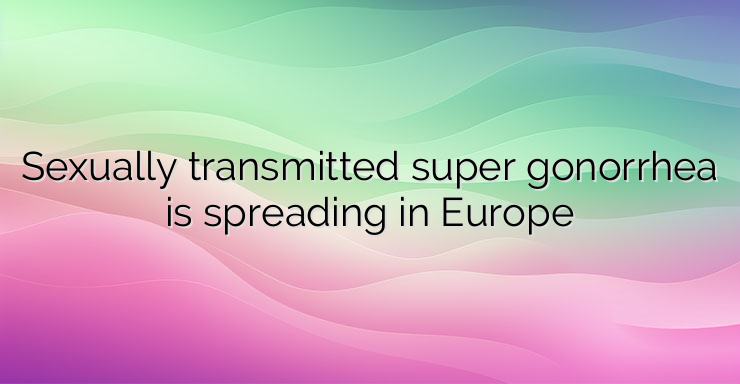According to data from the European Center for Disease Control and Prevention, between 2008 and 2014, reported cases of gonorrhea infection in Europe increased by more than 100%, from 8 cases per 100,000 people to 20 per 100,000 people. 38% of cases are represented by sufferers aged between 15 and 24 years, and another 34% of cases – between 25 and 34 years. Each year, the incidence of infection increases by 7-14% and more and more countries are affected. It is necessary to know the disease in view of the potential complications – inflammatory diseases, infertility (sterility) and transmission of the infection from pregnant mothers to their children. The most affected are Great Britain, Spain, the Netherlands and Hungary. With the advent of antibiotics after the end of World War II, gonorrhea became a relatively easy disease to control. Over time, however, disease-causing bacteria begin to develop antibiotic resistance and pass on genes for resistance to the many types of antibiotics used against them. In 2012, the World Health Organization issued its first official warning about the emergence of gonococcal bacterial strains completely resistant to almost all known antibiotics. NEWS_MORE_BOX The last line of defense against gonorrhea is a combination therapy of oral azithromycin and ceftriaxone injections. Most gonorrhea strains are already resistant to azithromycin, but if they also develop resistance to ceftriaxone, there will be no effective treatment left for the disease. Specialists from the European Center for Disease Control and Prevention advise people who are considered to be at risk of the infection (having more than one sexual partner or recent sexual contact in any of the above-mentioned countries) to get tested for the disease – the earlier the infection is detected , the more likely they are to be cured.


Leave a Reply